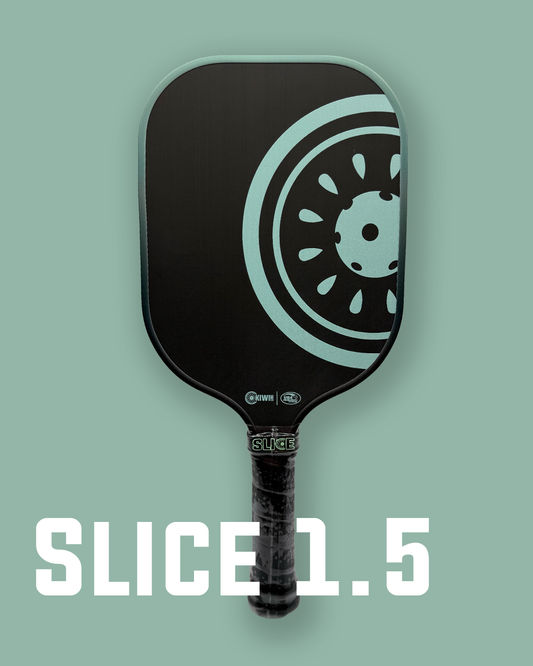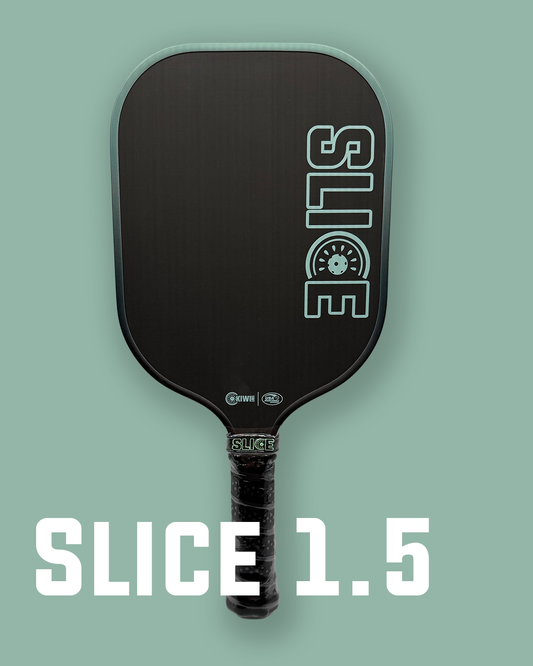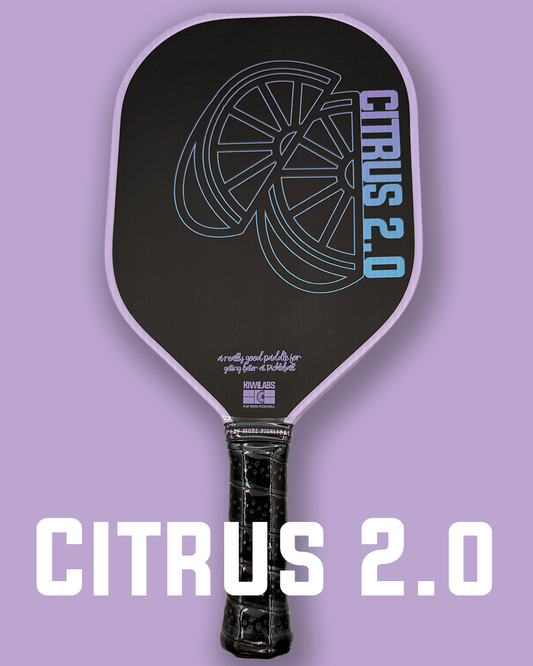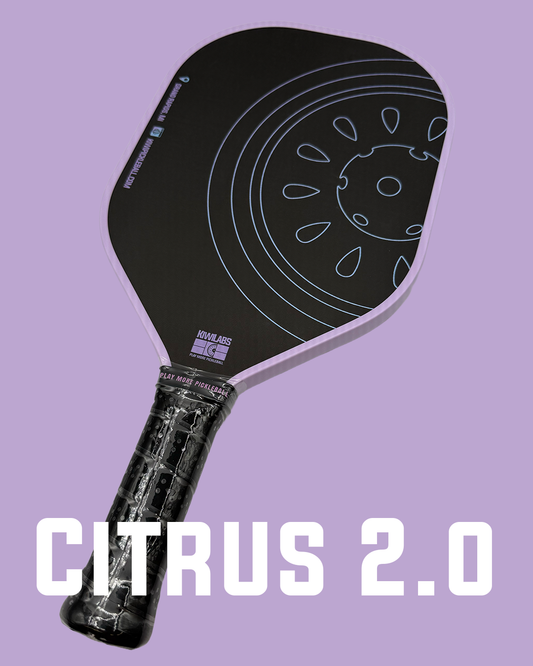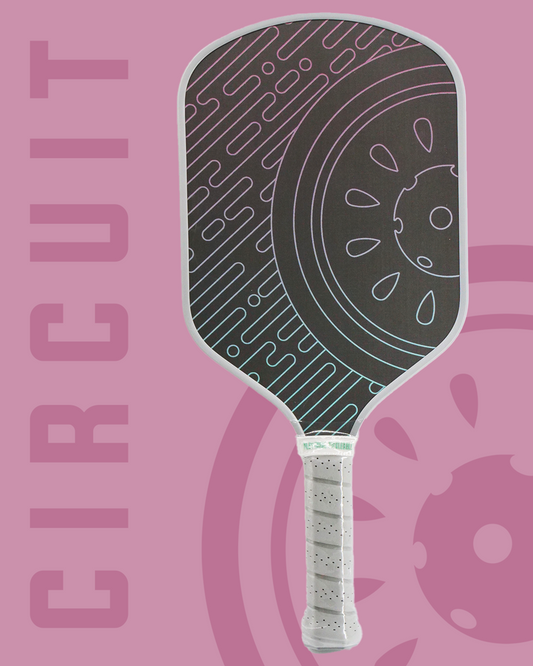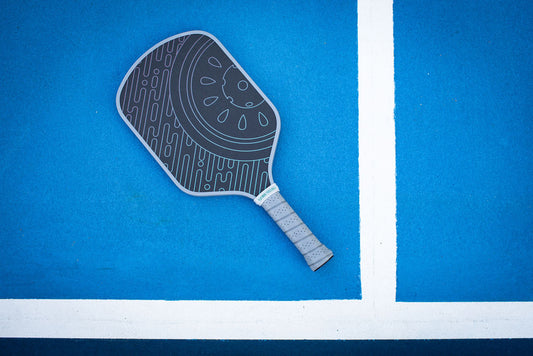Are Foam Paddles Taking Over Pickleball? Here's What Experts Don't Want You to Know
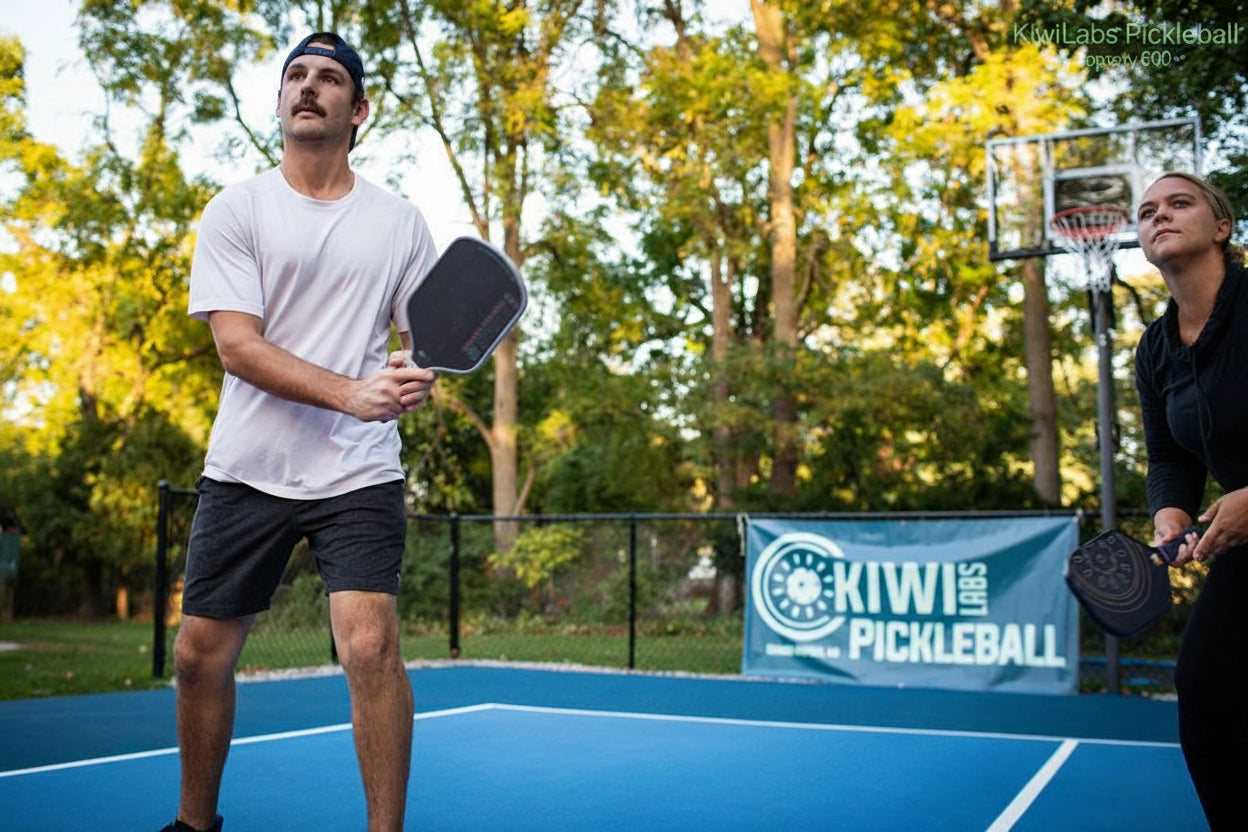
Walk into any pickleball pro shop today, and you'll notice something different. Foam core paddles are everywhere, and they're commanding premium prices that would have seemed ridiculous just two years ago. Players are shelling out $200+ for paddles with "revolutionary foam technology," but is this really the game-changer manufacturers claim it to be?
The truth is more nuanced than the marketing hype suggests. While foam paddles have gained serious traction in 2025 and solve real problems that have plagued traditional paddles for years, calling it a complete "takeover" oversimplifies what's actually happening in the pickleball equipment world.
THE FOAM REVOLUTION: WHAT'S REALLY DRIVING THIS TREND?
Here's what paddle companies don't want to advertise too loudly: traditional honeycomb polymer cores have fundamental problems. The most notorious issue is core crush, where the honeycomb structure literally collapses over time, turning your $150 paddle into an expensive paperweight.
But that's not all. Honeycomb designs also develop dead spots across the paddle face, creating inconsistent performance that can throw off your game when you least expect it. If you've ever hit what felt like a perfect shot only to watch the ball die at the net, you might have experienced this firsthand.
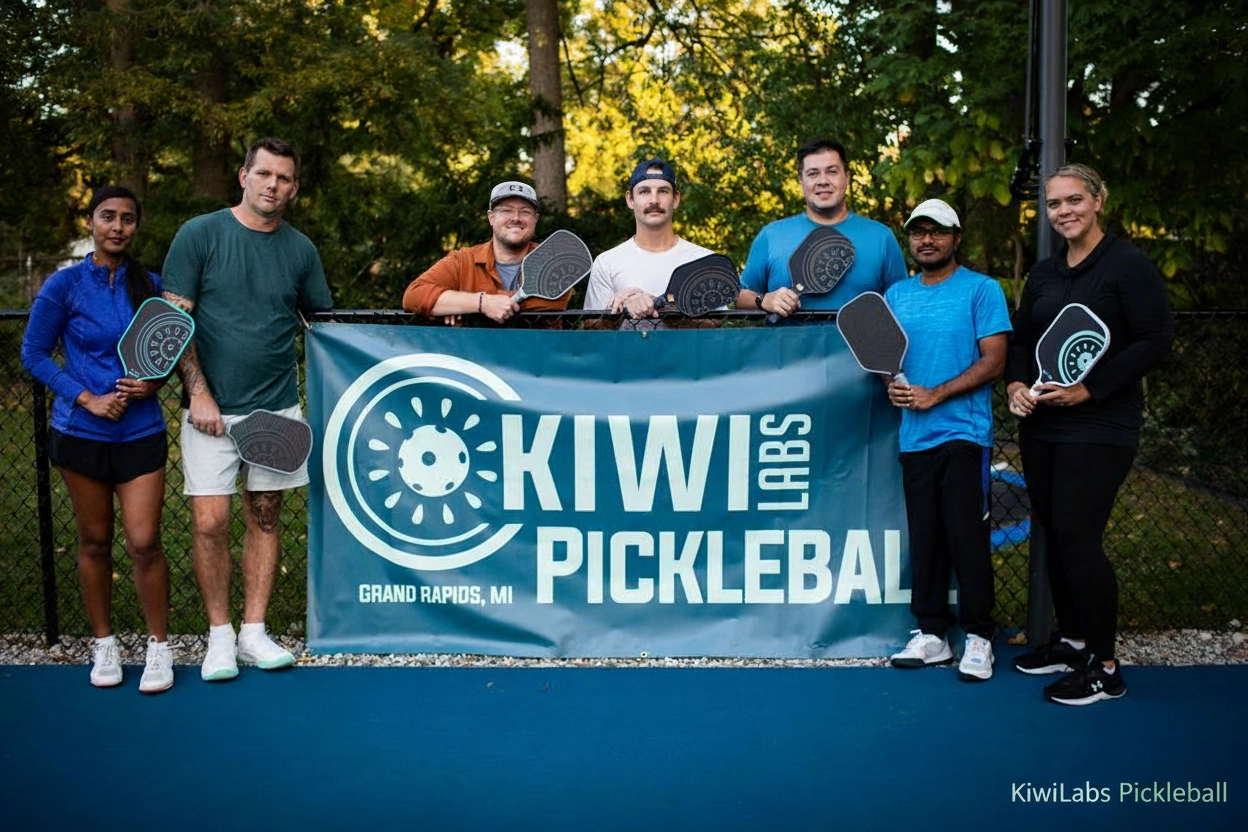
Foam core technology emerged as a direct response to these limitations. Instead of hollow honeycomb cells that can crush and create dead zones, foam cores maintain consistent density throughout the paddle face. Think of it like the difference between a sponge (which compresses and loses shape) versus memory foam (which bounces back to its original form).
GEN 4 PADDLES ARE HERE, AND THEY'RE ALL ABOUT FOAM
The paddle industry has evolved through distinct generations, and we're now seeing what manufacturers call "Gen 4" paddles, designs that use 100% foam cores rather than hybrid approaches. This represents the fourth major evolution:
- Gen 0: Basic wooden paddles
- Gen 1: Early honeycomb designs
- Gen 2: Thermoformed honeycomb paddles
- Gen 3: Floating cores with internal foam layers
- Gen 4: Pure foam core construction
The Circuit Dual Foam Paddle from KiwiLabs Pickleball represents this latest generation, combining T700 thermoformed carbon fiber with dual foam core technology for enhanced performance and durability.
THE BENEFITS THAT HAVE PLAYERS CONVERTING
Extended Lifespan and Consistent Performance
The most compelling advantage of foam cores is their resistance to degradation. While honeycomb cores can lose 20-30% of their performance within 6-12 months of regular play, quality foam cores maintain their characteristics for years. This means your paddle performs the same in month 18 as it did on day one.
Massive Sweet Spot Enhancement
Foam paddles deliver what players describe as "elite forgiveness", a sweet spot that covers nearly the entire paddle face. Even off-center hits feel clean and controlled, which can dramatically improve consistency for recreational players still developing their technique.
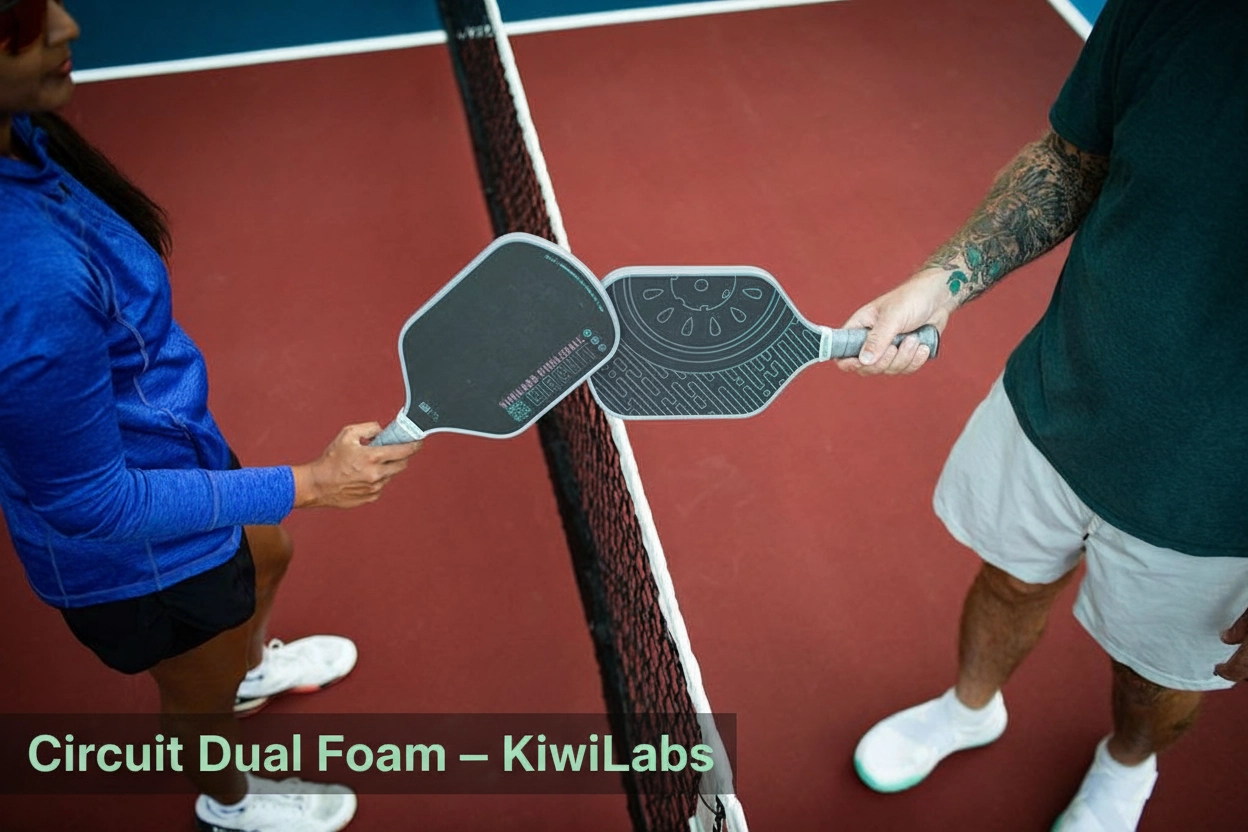
Superior Vibration Dampening
If you've dealt with tennis elbow, wrist pain, or general joint discomfort from pickleball, foam cores offer significant relief. The material naturally absorbs vibrations that would otherwise travel through traditional honeycomb structures straight to your arm. Players over 50 particularly notice this benefit.
Power + Spin Combination
Here's where foam gets interesting for competitive players: top foam paddles are achieving power ratings of 9-9.4/10 while simultaneously delivering spin capabilities of 9.3-9.8/10. That combination was nearly impossible with traditional cores, which typically required choosing between power or spin.
THE HIDDEN DOWNSIDES EXPERTS AREN'T DISCUSSING
The Price Reality Check
Premium foam paddles command $200-$300+ price points, positioning them well above traditional options. Even budget-friendly foam models start around $150. This creates a significant barrier for recreational players who want to try the technology without major financial commitment.
Still Experimental Territory
Despite the marketing enthusiasm, foam paddle technology is relatively new. Manufacturers describe it as "only getting started," and some budget foam paddle attempts have encountered durability issues that suggest the technology requires careful engineering to work properly.
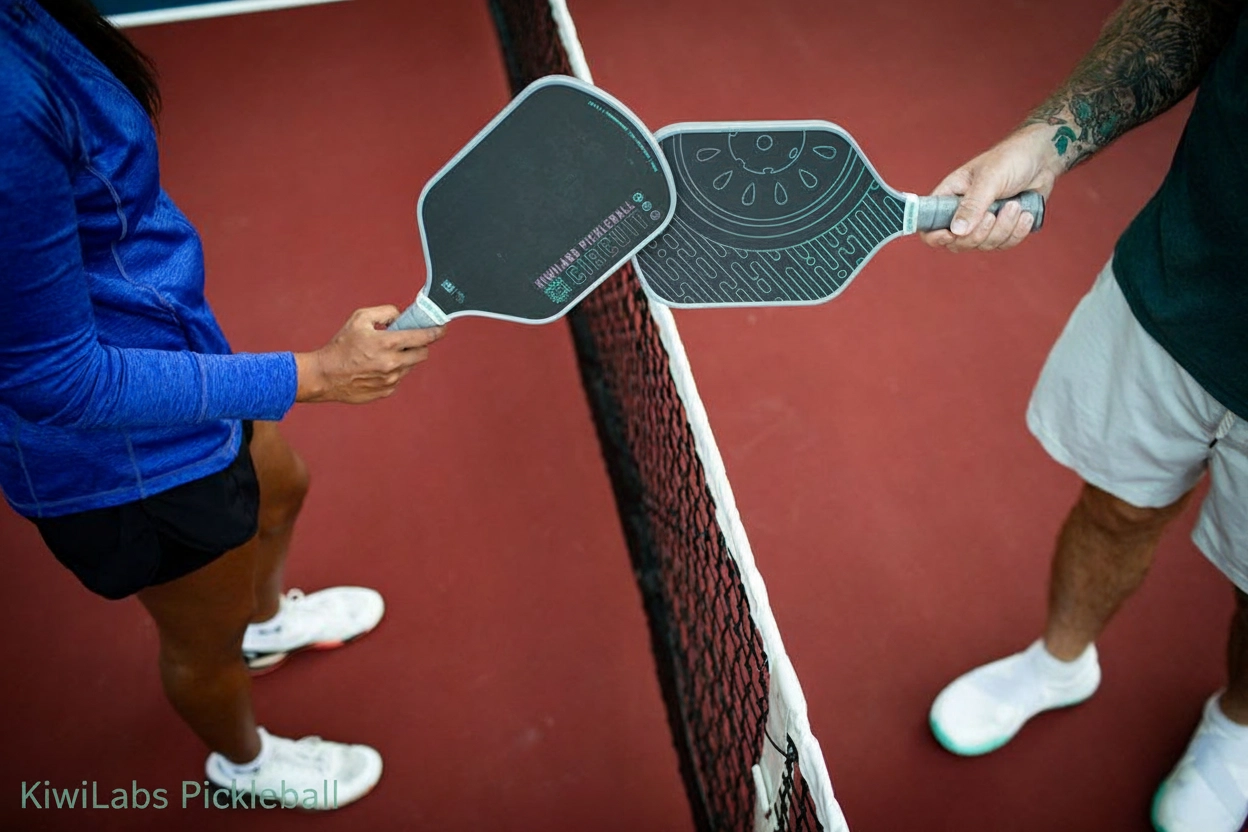
Professional Tournament Questions
While recreational players embrace foam paddles, professional tournaments remain cautious about widespread adoption. The newness of the technology means long-term competitive data is limited, and questions persist about potential competitive advantages that could affect fair play.
Manufacturing Consistency Challenges
Not all foam is created equal. Some manufacturers have struggled with consistent foam density and distribution, leading to paddles that perform differently even within the same model line. This quality control challenge doesn't exist with traditional honeycomb construction.
WHAT THE CURRENT MARKET ACTUALLY LOOKS LIKE
Rather than a complete takeover, we're seeing market diversification. Foam technology has established itself as a premium alternative that coexists with traditional designs, each serving different player needs and budgets.
The High-Performance Segment: Dominated by foam cores offering maximum consistency and joint protection for serious players willing to invest in equipment
The Traditional Segment: Still thriving with improved honeycomb designs that offer excellent performance at accessible price points
The Hybrid Approach: Some manufacturers blend foam and honeycomb technologies, trying to capture benefits of both approaches
If you're curious about different paddle materials and how they compare, our guide on the different materials used in pickleball paddles breaks down all the options.
SHOULD YOU MAKE THE SWITCH TO FOAM?
You're a prime candidate for foam if:
- Joint protection is a priority due to age or previous injuries
- You want maximum paddle consistency and don't mind paying premium prices
- You play frequently (4+ times per week) and need equipment that won't degrade
- Off-center shots are currently hurting your game consistency
Stick with traditional cores if:
- Budget is a primary concern and you're satisfied with current performance
- You prefer the familiar feel of honeycomb paddle feedback
- You're still experimenting with different paddle styles and don't want to commit to expensive equipment
Not sure about your paddle needs? Our comprehensive guide on how to find the perfect pickleball paddle for you walks through all the key considerations.
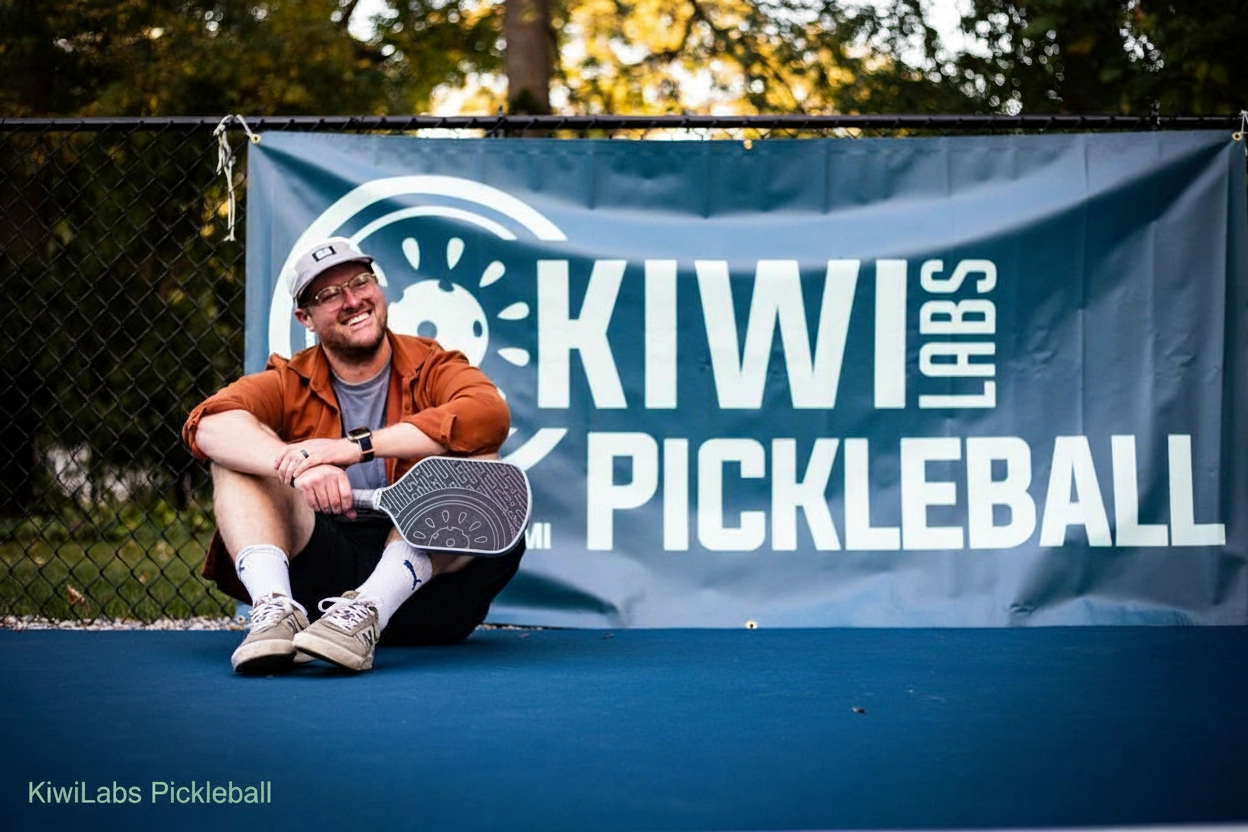
THE VERDICT: EVOLUTION, NOT REVOLUTION
Foam paddles aren't "taking over" pickleball in the dramatic sense the headlines suggest, but they're definitely reshaping the premium equipment market. The technology addresses real problems that have frustrated players for years, offering genuine performance benefits for those willing to invest.
The "secret" experts supposedly don't want you to know? Foam cores are promising but not magical. They excel at specific things: consistency, joint protection, sweet spot enhancement: while requiring trade-offs in price and proven longevity.
For most recreational players, the decision comes down to priorities. If paddle consistency and joint comfort are worth premium pricing, foam technology delivers on its promises. If budget and familiar performance matter more, traditional honeycomb cores remain excellent options.
The foam revolution is real, but it's more evolution than overnight transformation. As manufacturing improves and prices potentially decrease over the next few years, we'll likely see foam technology become more accessible to the broader pickleball community. Until then, it remains a premium option that offers genuine benefits for players who prioritize specific performance characteristics.
Whether you choose foam or traditional cores, the most important factor remains the same: consistent practice and proper technique will improve your game more than any paddle technology. The equipment should support your development, not replace the fundamentals that make pickleball so rewarding to play.

